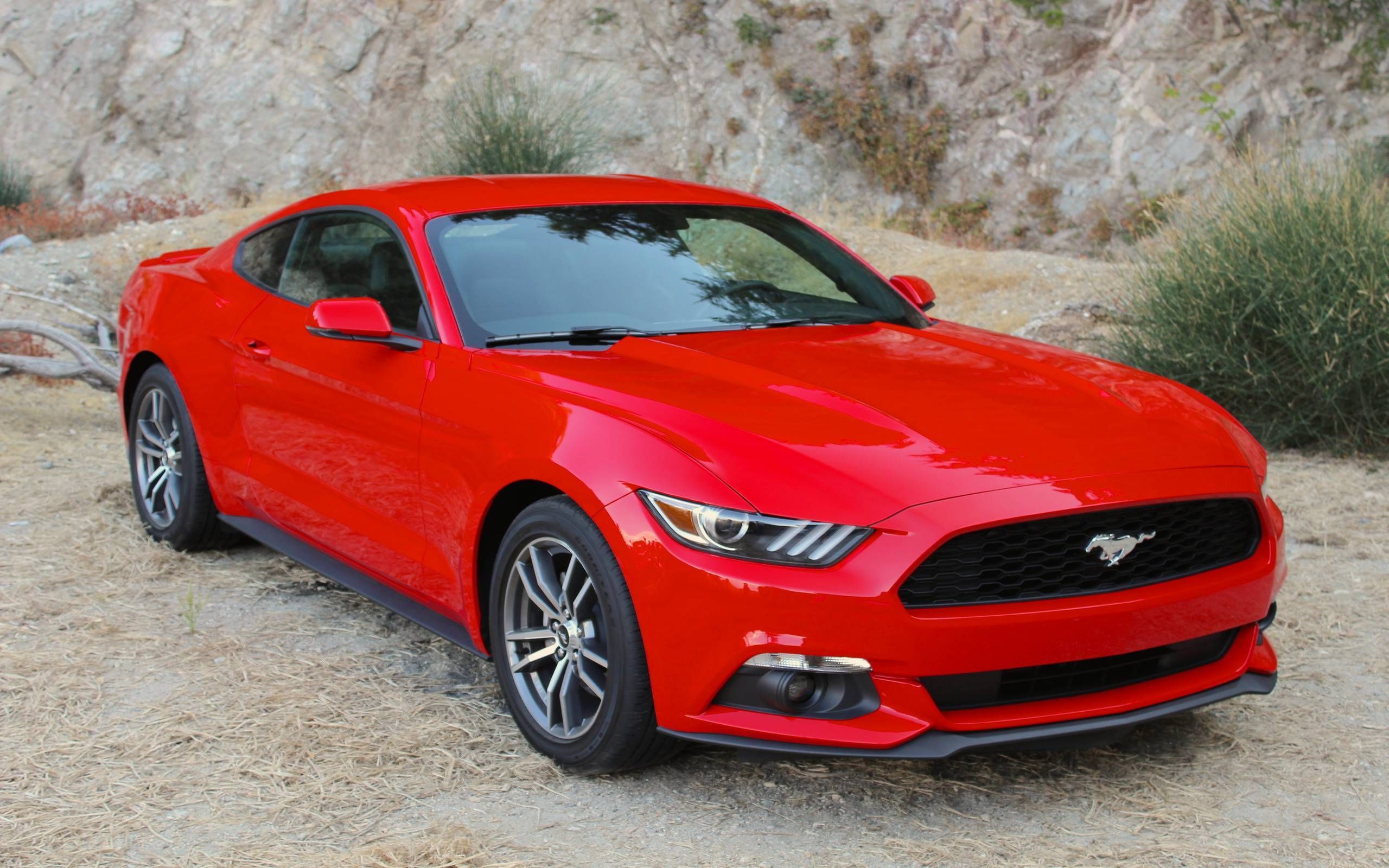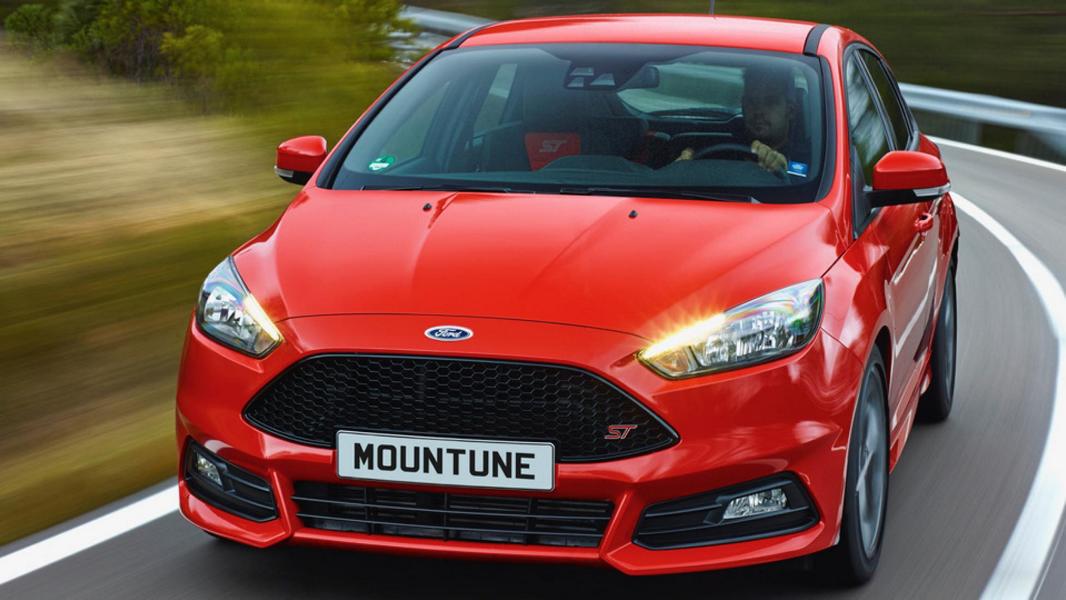Table of Contents
History of EcoBoost Engines
List of EcoBoost Equipped Vehicles
Popular Transmission Options
Engine Mounting
Driver Display
Oiling/Cooling
PCV Systems
History of EcoBoost Engines
EcoBoost is Ford Motor Company’s top sub-brand. As significant as VTEC was for Honda in the 90’s, EcoBoost has done even more for Ford. EcoBoost improves fuel economy by as much as 20 percent but costs far less than the alternatives in hybrids or diesel equipped vehicles. Utilizing significant technical gains in turbocharging, fueling strategies and timing implementation, EcoBoost engines offer a unique combination of torque, horsepower, fuel economy, performance, utility, durability and reliability. Launched in 2011 to international acclaim, these highly refined small displacement turbocharged engines have fuel efficiency MPG gains while cruising around town or at light throttle on a highway – but when pulling a load up a steep hill or stomping on the gas pedal the engines spool the turbo instantly with powerful torque for controlled acceleration with unrivaled towing capacity.

The rising costs of gas along with United States CAFE laws means all automakers must produce vehicles with incrementally greater fuel efficiency every year. When Ford set out to improve the fuel economy while retaining similar power output of their cars and trucks, the most effective solution: Turbocharger + Direct Injection + Variable Camshafts. Ford engineers went all-in on this initiative resulting in the incredibly versatile, exceptionally strong EcoBoost turbocharged engines.
First Applications
The 3.5-liter EcoBoost engine was tuned for truck applications and joined the lineup for the 2011 Ford F-150. The early EcoBoost V6 is rated at 365 horsepower and 420 pound-feet of torque, with 90 percent of that torque available from 1700 – 5000 rpm, enabling the 2011+ F-150 to have up to 20 percent greater fuel economy compared to the previous year 2010 F-150. By the end of 2011, Ford produced 128,000 vehicles equipped with an EcoBoost engine. For 2012 Ford tripled production of EcoBoost engines. By the end of 2012, Ford had nine EcoBoost models available and by 2014 90% of Ford vehicles were available with an EcoBoost powertrain.


4 Cylinder Implementation
This engine is derived from the 2.0 L Mazda L engine block used by Ford in the North American Focus MK3, but equipped with unique heads, fuel injection system, and Ford's Ti-VCT. It should not be confused with the Mazda 2.3 DISI Turbo, which also features direct injection along with turbocharging, but shares little else aside from the same engine block.
Have further questions we didn't answer above? Contact us today!
